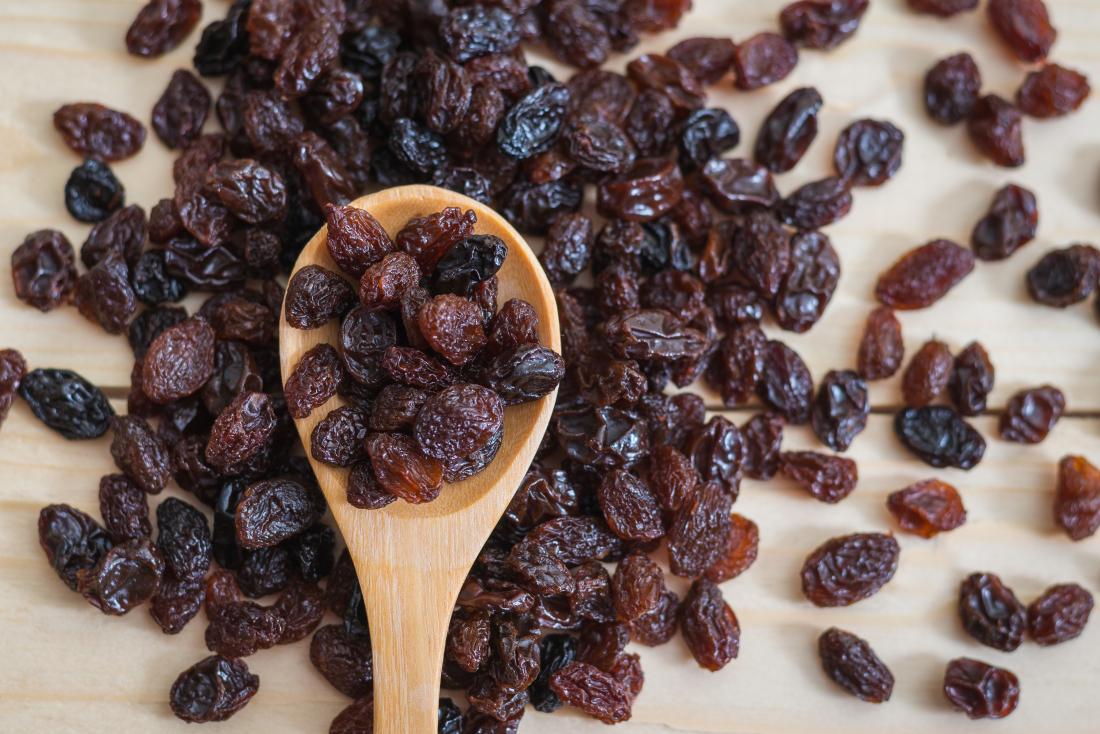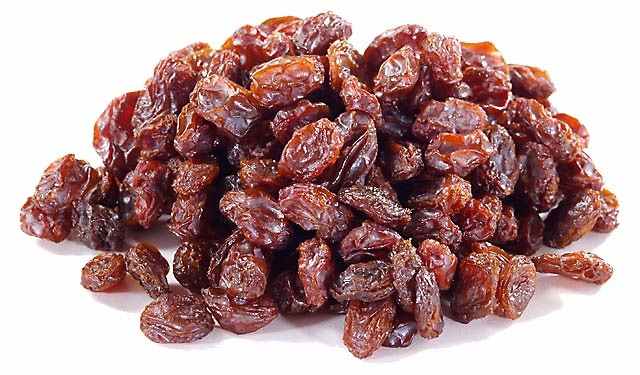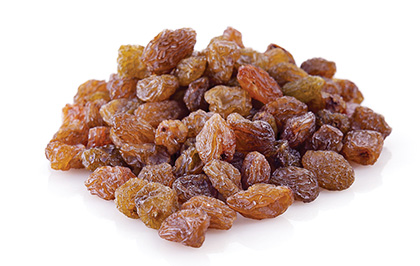1. Market Overview
The raisin market in China and East Asia has shown substantial growth in recent years, fueled by an increasing demand for healthy and natural snacks. Raisins are especially popular as they offer a high-fiber, low-sugar alternative to processed snacks. In addition to retail consumption, raisins are widely used in baked goods and other culinary applications across China, Japan, and South Korea. The demand for dried fruits, including raisins, is also bolstered by a general shift in consumer preferences toward nutrient-rich snacks that are aligned with healthier lifestyles.
China is the largest consumer and producer of raisins in East Asia. Much of the domestic production is concentrated in the Xinjiang region, where the climate is ideal for cultivating high-quality raisins. Xinjiang’s raisins, particularly green and brown varieties, are widely distributed within China and have a growing presence in international markets. Nonetheless, the Chinese raisin market also relies on imports from major producers like the United States, Turkey, and Iran to meet its high demand, especially for premium and specialty varieties.
2. Demand Drivers in East Asia
East Asia’s interest in raisins is driven by several key factors:
- Health and Wellness Trends: Consumers across China, Japan, and South Korea are increasingly prioritizing foods that promote health, such as those high in fiber and antioxidants. Raisins, being natural and minimally processed, are well-positioned in this space as they appeal to consumers looking to reduce their intake of refined sugars.
- Culinary Versatility: Raisins have become a popular ingredient in both traditional and Western-style foods, especially baked goods. The growing bakery industry in China and Japan has significantly increased demand for raisins. In Japan, raisins are also common in various confectionery items, while South Korea has seen a rise in their use in premium health-focused snacks.
- E-commerce Growth: Online sales channels are expanding the accessibility of raisins, offering various types and packaging options that cater to different consumer preferences. This shift has made it easier for companies to market and distribute raisins to a broad audience, particularly among younger and health-conscious consumers.
3. Iranian Raisins: A Premium Segment
Iran holds a unique position in the global raisin market as one of the top producers and exporters, with its raisins widely regarded for their premium quality and distinctive taste. Iranian raisins, such as sultanas and golden raisins, are particularly popular in East Asia due to their natural sweetness and rich texture. Iranian raisins are typically sun-dried, which contributes to their deep flavor and natural appeal, distinguishing them from other raisin varieties that are commonly used in the region.
China has been a major importer of Iranian raisins in recent years, partly due to their competitive pricing and high quality, which appeals to consumers seeking authenticity in premium products. Iranian raisins are often marketed as luxury items in China and are commonly used in higher-end food products and specialty shops. Additionally, Iranian exporters have adapted their offerings to cater to East Asian tastes, focusing on varieties and quality grades that align well with the preferences of Japanese and South Korean consumers.

4. Supply Chain and Market Challenges
While East Asia is a burgeoning market for raisins, the industry faces challenges related to supply chain consistency and price volatility. The raisin market is influenced by seasonal yields and climate conditions in major producing regions like the United States, Turkey, and Iran. Economic sanctions and logistical limitations also impact the flow of Iranian raisins, making it essential for East Asian buyers to diversify their sourcing strategies.
Additionally, competition among suppliers is fierce. The United States and Turkey are the primary competitors of Iranian raisins, and both have invested in marketing and quality assurance to capture market share in East Asia. U.S. raisins, in particular, benefit from a well-established export network and branding efforts that emphasize quality control. However, Iranian raisins maintain a strong foothold in the premium segment due to their unique flavor and cost-effectiveness, especially within specialty markets.
5. Future Market Outlook
The raisin market in East Asia is projected to continue its upward trend, with a compound annual growth rate (CAGR) of around 4.89% expected through 2033. This growth will likely be driven by continued interest in health-conscious diets, the expansion of e-commerce, and innovations in packaging and product formats that make raisins more convenient for consumers. As East Asian consumers increasingly seek healthy and natural snack options, raisins are expected to maintain a strong presence in the market.
Iranian raisins, specifically, are anticipated to retain their appeal as premium products, especially as consumers in China and Japan continue to seek high-quality, authentic options. Iran’s focus on exporting sun-dried and minimally processed raisins aligns well with this demand, giving Iranian suppliers a strategic advantage in East Asia. Furthermore, if supply chain constraints ease, Iranian raisins could capture an even larger share of the East Asian market.
Conclusion
In summary, the raisin market in China and East Asia is expanding rapidly, with Iran playing a pivotal role as a supplier of high-quality raisins that meet the growing demand for premium and healthy snacks. Driven by health trends, culinary versatility, and the rise of e-commerce, raisins are well-positioned for continued growth in East Asia. Iranian raisins, with their distinct qualities, are likely to remain popular in the premium segment, reinforcing Iran’s significance in the East Asian dried fruit market.
Sources:





